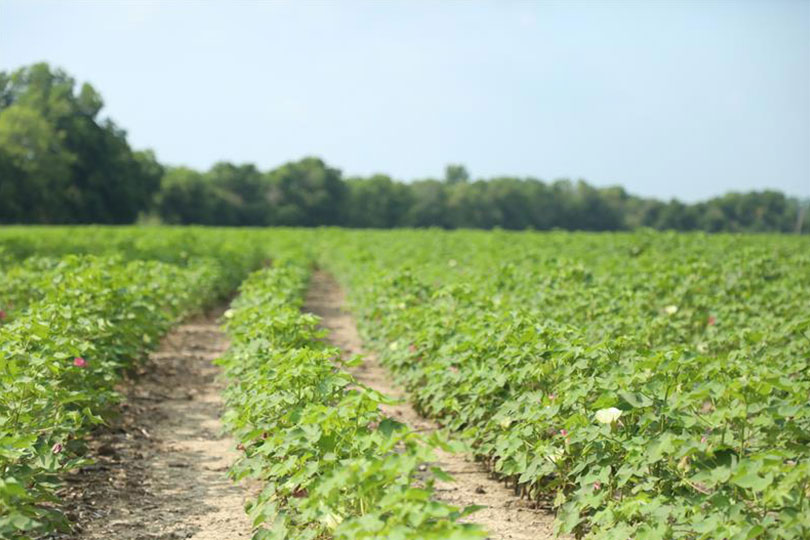By Emmy Powell
Communications Specialist
Farmers in Texas and the U.S. planted more cotton acres this year.
The most recent U.S. Department of Agriculture acreage report shows the estimated planted acreage of cotton is up 14% from last year at 11.7 million acres.
“It was a bit of a surprise. The June report shows a million more planted acres than what was measured in March,” Texas A&M AgriLife Extension Cotton Economist John Robinson told the Texas Farm Bureau Radio Network. “A million more acres is historically a large difference, and the market doesn’t like it. Ten minutes after the report came out, the market was down 2 cents on the December futures price.”
With the assumed abandonment rate of 15%, Robinson said the production rate will rise and the market is anticipating prices to weaken.
“It increases projected production, increases the supply side, and if demand doesn’t balance that out, then we can expect an increase in ending stocks and weaker prices,” Robinson said.
In Texas, the total number of acres planted is estimated to be more than 6.4 million acres, an increase from last year.
Robinson said some farmers are choosing to plant cotton instead of feed grains.
About 88% of the Texas cotton crop was planted by June 16, according to Robinson.
He noted with the market at 72 cents per pound, many may not earn enough to cover expenses.
“We’re triggering payments under the various farm program safety net programs,” he said. “If we keep falling, we’ll have a positive LDP rate, which would not be a situation we want to be in. It’s not helpful for profitability.”
Robinson is surprised to see prices fall this early. Three months ago, cotton was at 85 cents per pound.
However, there can be changes in the market.
“This means that the opportunity for profitable pricing may not be there unless we have a little more volatility and some bouncing around, which there is a fair amount of time left,” he said. “This crop is not made. There could be some changes, but I’m disappointed at the loss or the lack of a profitable pricing opportunity.”


Leave A Comment